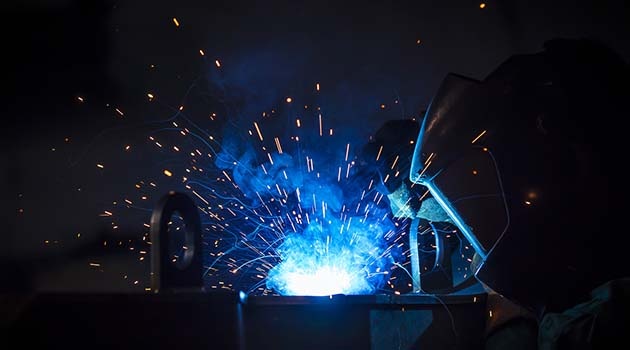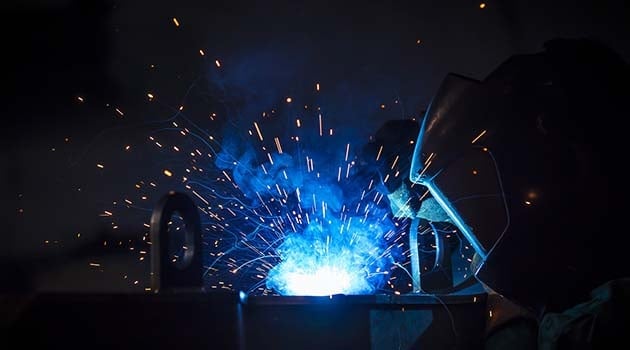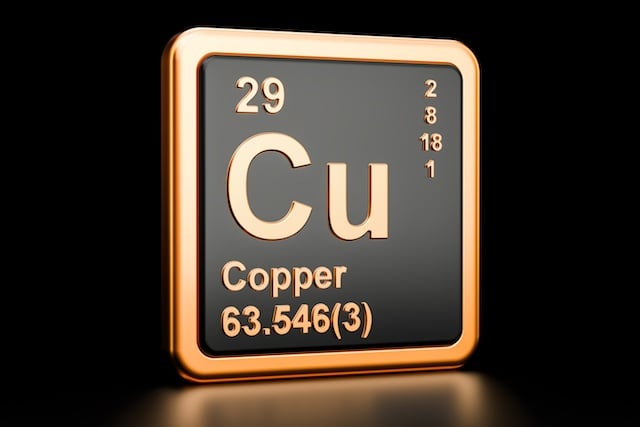
Every element matters when it comes to manufacturing and producing superalloys that can perform under the most demanding of conditions. Each component part of an alloy is carefully and precisely included to give materials their desired properties. We’ve already looked at some of the better-known elements, such as nickel, chromium and molybdenum, so this time we turn our attention to cobalt.
Cobalt is a chemical element that is found in the Earth in its chemically combined form, but in its free element state, produced by reductive smelting, it is a silver-grey metal. Its primary use in within high-strength alloys, like some of the Grades that Corrotherm supplies.
Nickel+Cobalt compounds
Cobalt naturally occurs with nickel, which is why many of our grades will list Nickel+Cobalt as the primary component within an alloy’s makeup. The cobalt element of these alloys is there by nature rather than design, though it doesn’t have an impact on the stability or strength of the alloy by being present in small quantities.
One of the grades that has this Nickel+Cobalt element listed is INCONEL alloy 718, which offers good strength and resistance. It is used for components for liquid-fuelled rockets, rings, casings and various formed sheet metal parts for aircraft and land-based gas turbine engines, and cryogenic tankage.
These alloys are carefully manufactured to keep the cobalt within a set limit to retain the perfect balance of the alloy’s composition and its properties. For example, the aforementioned INCONEL alloy 718 limits its cobalt level to a maximum of 1%. Similarly, the popular alloys INCONEL alloy 625 and INCONEL alloy X-750 both have a limit of 1%. Most of the limits within these technically advanced alloys are very low, although INCONEL alloy C276 limits cobalt to a slightly higher 2.5%.
These are maximum limits, and there are no lower limits. The inclusion of cobalt does not affect the overall alloy’s performance in these cases.
Cobalt-containing alloys
While cobalt is not generally added deliberately to an alloy, there are some grades that do actively benefit from its inclusion. Cobalt can be employed within alloys because it remains stable at high temperatures and therefore has uses within the aerospace industry, for example. It also offers corrosion resistance and a hardness that withstands wear. Other popular applications for cobalt-containing alloys include jet engines, chemical processing, gas turbines, refineries and more.
For example, INCONEL alloy 617, cobalt works in conjunction with nickel, chromium and molybdenum to produce a material that has high-temperature corrosion resistance, and increased strength and stability in these hot conditions. The alloy is used widely in as turbine hot gas paths as combustion cans, ducting and liners, as well as for components of power-generating plants. The cobalt element is added, along with the molybdenum, to impart solid-solution strengthening.
To find out more about the alloys that Corrotherm supplies, please contact our Sales team.
 Product focus – The strengths of cobalt
Product focus – The strengths of cobalt

